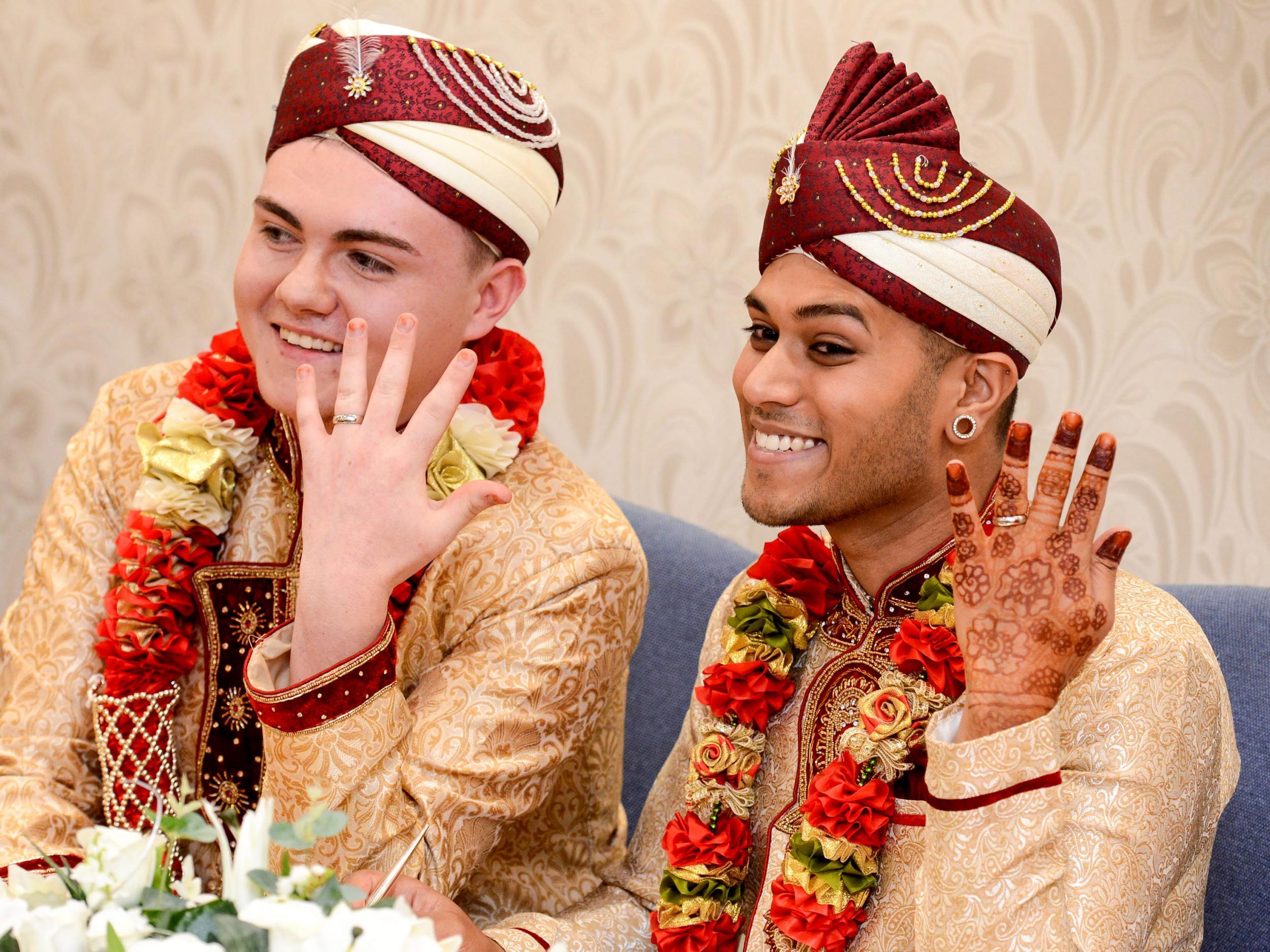
What most of the marriages around the globe have in general is that they appear like they express a fundamental and immutable truth, when in fact almost everything about marriage has varied greatly between various times, cultures, and social groups, from its primary intent to the type of relationships it encompasses to the rights and responsibilities it entails. Pair bonding and children’s education are as old as society itself. With the emergence of sedentary farming societies about 10,000 years ago, marriages were also a way of securing land and property rights by designating children born as legitimate heirs in certain circumstances. Marriage became not only a matter between individuals and families but also an official institution regulated by religious and civil authorities as these communities became larger and complex. And by 2100 B.C, it was already well known in the Mesopotamian Code of Ur-Nammu, when the earliest surviving written law offered several details regulating marriages, from punishments to adultery to the legal status of children born to slaves.
This may be a possible exaggeration, but marriages are undoubtedly one of the systems in our communities that are more ingrained. And not just in India, marriages around the world have shaped the basis of how heterosexual relationships between men and women turn out. Be it in India or the West, most historians seem to agree that marriages were never about ‘love’. It’s about transferring lands, property, money, and even women!
The main purpose of marriage was never because two individuals were in love; in fact marriage because of love is a rather new phenomena. The disagreement about what really constitutes a marriage is one thing that is agreed upon by many. In ancient civilization, too, the idea that marriages were a union between man and woman made by god varied. Weddings were always state affairs and there was hardly any role for religions. Finally, the Church started conducting weddings sometime after 800 AD, and the Catholic Church began performing weddings and made marriage one of the sacraments later.
In many societies, polygamy has been widely accepted since ancient times. But, what is polygamy exactly? Most people have the concept that at the same time it means that one man has multiple wives, but polygamy is more generic than that. It means one individual (man or woman) simultaneously having multiple spouses of the opposite sex.
The word polygyny (literally, “many women”) refers to a man with multiple wives, but a woman can have multiple husbands at the same time in very few cultural groups. This practice (literally “many men) is called polyandry.”
Arranged marriages in India are a centuries-old tradition that dates back to the fourth century. The tradition of arranged marriage is regarded as the founding principle of the Indian system of marriage. Marriages also took place in ancient times at the period when brides and grooms were in their teenage age. The institution has proven to be “wholly celebrated” in adjusting to changed social circumstances, considering the fact that romantic love is “surprisingly robust” in both Indian mass media such as Bollywood and folklore, and the arranged marriage practice lacks any official legal recognition or support and has resisted expectations of demise as India modernized. The social ideas advanced by Manu gained prominence as the Vedic religion evolved into classical orthodox Hinduism (ca. 500BC), and significant portions of Indian society shifted toward patriarchy and caste-based rules.
India does not recognize marriage or civil unions of the same sex. In India, marriage is an inviolable institution. It is absolutely discriminatory and against the essence of the Constitution to deprive the LGBTQ+ community of the right to marry solely on the basis of sexual orientation and gender identity. According to historical literary evidence, homosexuality has been widespread throughout the history of the Indian subcontinent, and homosexuals were never generally considered any lesser until around 18th-century British colonial rule.
However, scholars have suggested that the concept of marriage itself has changed since the 18th century. As people began to give priority to emotion and intimacy, instead of just sharing money, they began to get married for love and emotional comfort. And as love grew vitally important, so did the options aspect. People began to get divorced if they thought their partners weren’t having the intimacy. And some began to opt completely out of marriage. So as we begin to examine the role and purpose of marriage in the modern world, it will help to bear in mind that culture has always influenced marriage, and as the framework, beliefs, priorities of society shift over time, along with them, the ideas of marriage will continue to change.
writer- Anindita
For more such interesting topics keeping supporting The Readers Time.
For any queries mail us at [email protected]






